When I recently posted pictures of my hike in the Serra da Lousã on social media, it blew up among my Lisbon expat and nomad friend circle. My DMs were full of people wanting to know everything about it.
Where was this place? How do you get there? And how is this in Portugal?!
Of course, I was happy to share — and given the excited response, I knew I should spill the beans about this hidden gem here, too.
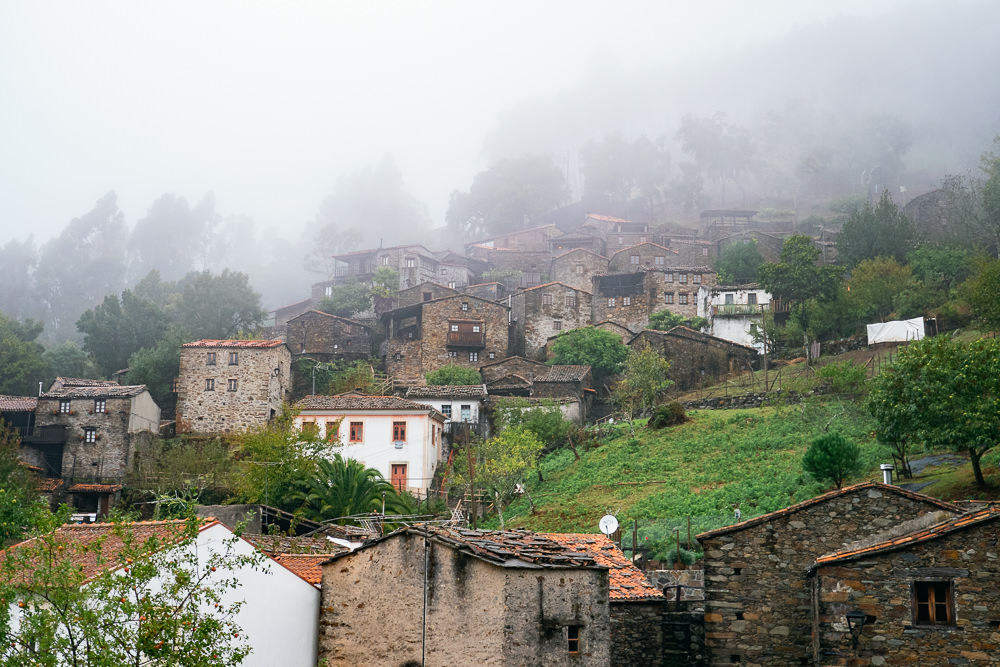
Why visit the Serra da Lousã?
With its stone houses and mossy trails, the Serra da Lousã feels different from other parts of Portugal. At times, I felt like I was walking through a Medieval fantasy world — though it’s possible the misty weather during my trip added to this sensation!
Located close to the city of Coimbra, the Lousã valley is part of a larger region in central Portugal that is filled with castles, villages, and hiking trails. Away from the usual tourist trail, it’s a lovely area to go hiking or to escape to a quiet B&B surrounded by nature.
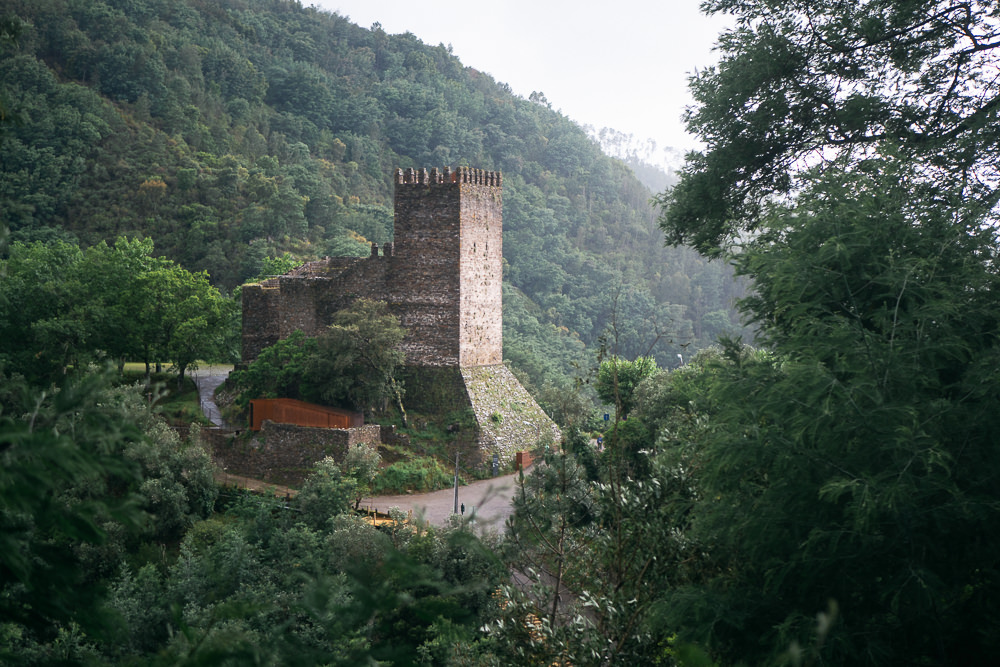
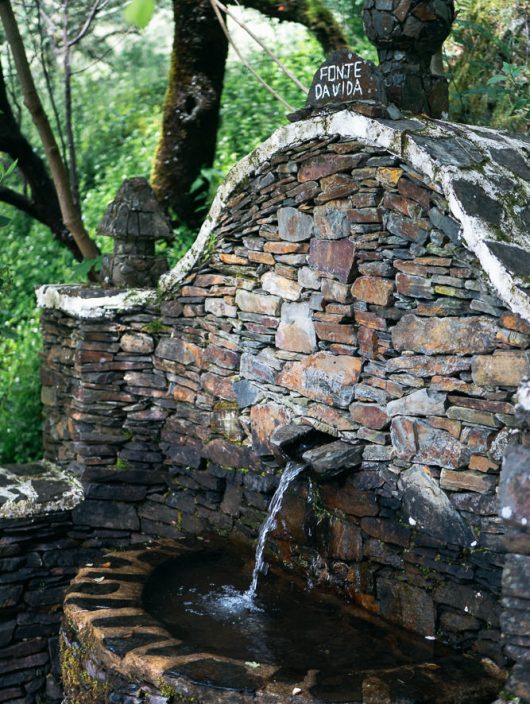
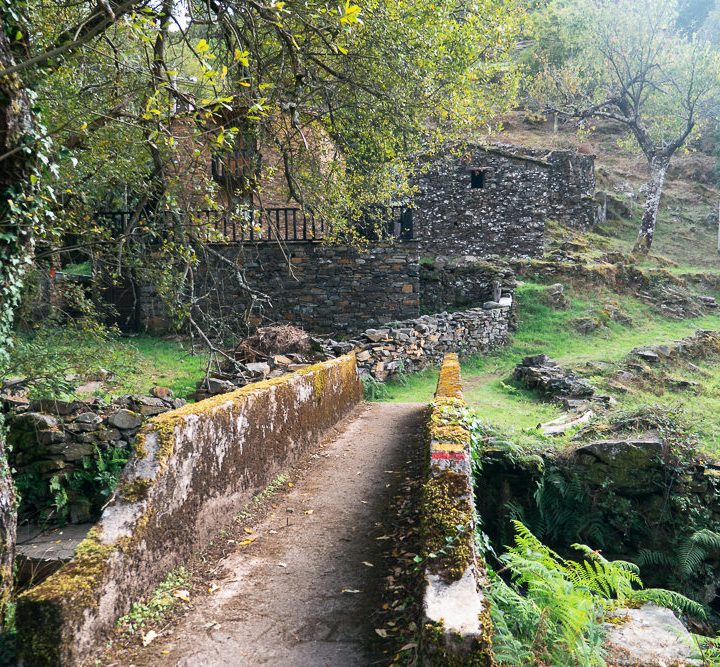
The houses in this region are built using layers of brown and grey schist rocks, lending the villages a different character to the whitewashed houses with colored window sills that are more typically found elsewhere in Portugal.
The nature is also lusher and greener than in some other parts of Portugal; for example, annual rainfall in the Serra is about four times that of the Alentejo wine country in the south.
All this conspires to make the Serra da Lousã a wonderful area to stay and especially to hike.
Hiking the Serra da Lousã
The Lousã valley has 7 official trails you can hike, which are all clearly signposted. The perfect starting point to a hike is the Castle of Lousã, where you’ll find information boards and two of the trailheads. I did four of the marked hikes, which I can summarize here as two suggested hiking loops.
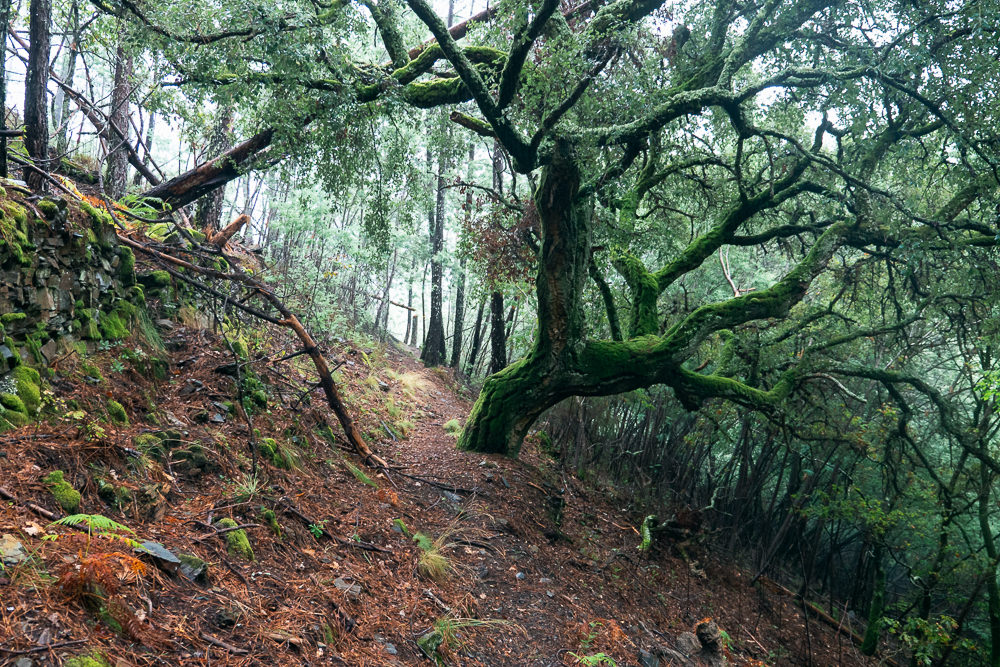
Small loop
For a medium-length day-hike, consider following the circular route marked as PR2. It takes about 3 ⅕ hours and starts and ends at the Castle of Lousã.
I strongly recommend doing the trail clockwise. I did it anti-clockwise which meant I faced an epically steep ascent right at the start of the hike, which made my girlfriend nearly abandon the effort. If we’d gone the other way round, the ascent would have been far more gentle. At the Castle of Lousã, just follow the sign to Talasnal up from the information boards and you’ll be heading the right way.
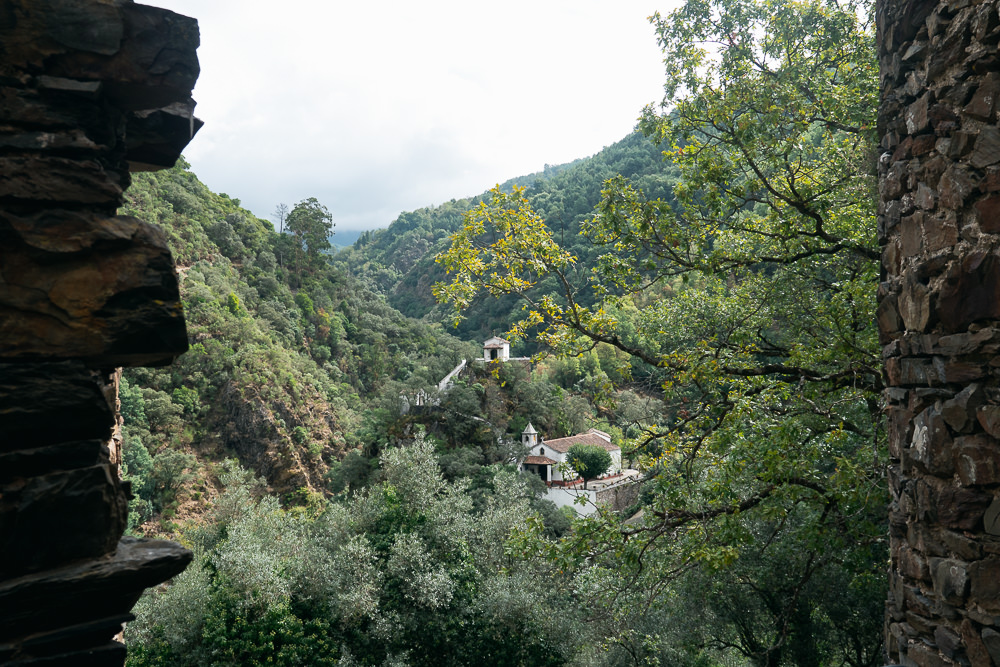
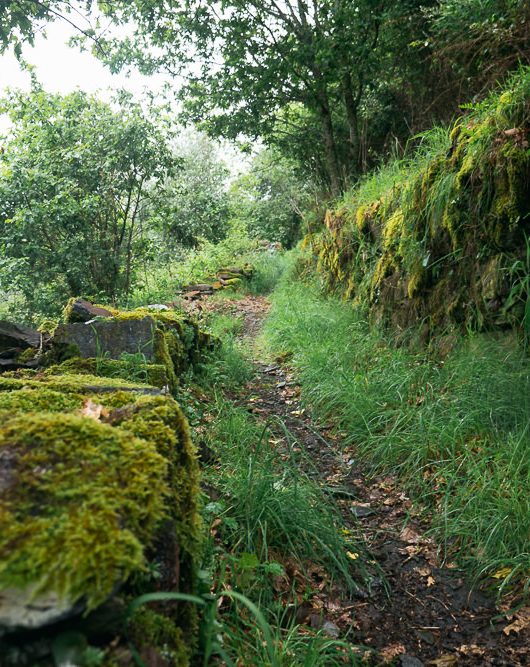
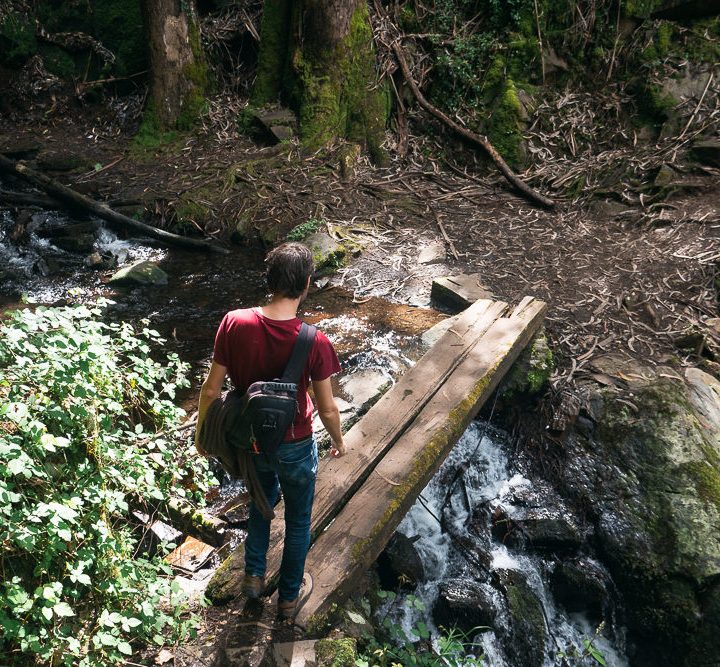
The trail is well-marked, but you may still want to download the route map to your phone. Just click on ‘Ver maps, contactos en mais informacao’ here.
The hike goes around the valley and stops in two schist villages. Almost the entire route consists of narrow forest paths, occasionally intersecting with small creeks or waterfalls. The scenic hilltop town of Talasnal, which is about halfway through, makes for a great pitstop for food and drink.
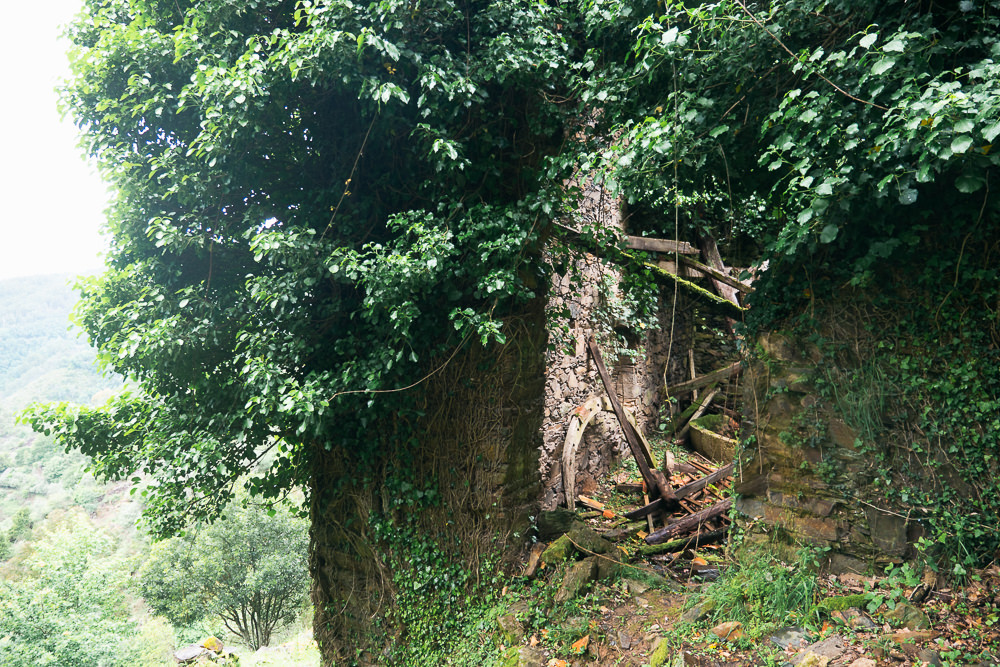
Big loop
If you’re a hardcore hiker or want to do a 2-day hike, I suggest doing a big loop. This combines the linear hike PR3 with the linear hike PR4. Together, it’s about 8 hours of hiking.
I really love to hike so I was excited to set myself this bigger challenge. Although the elevation changes are not big (only about 300m), it’s a stiff but varied and fun walk.
What’s great about the PR3 route is that it largely follows a levada, which is a small channel that brings mountain water to an old hydroelectric station that’s still in use. Much of the trail goes by or on top of the levada.
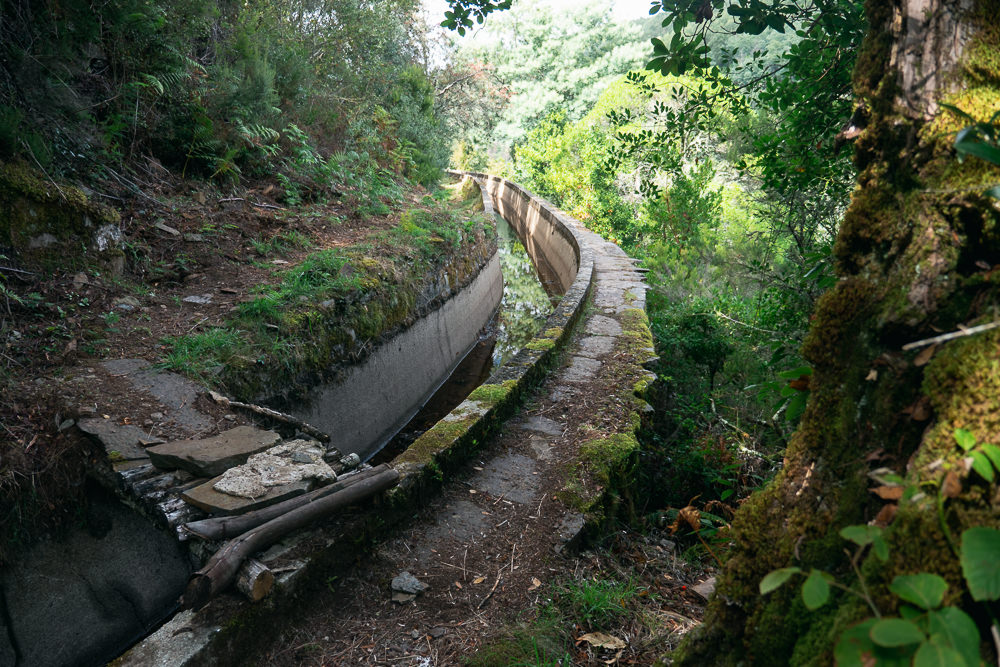
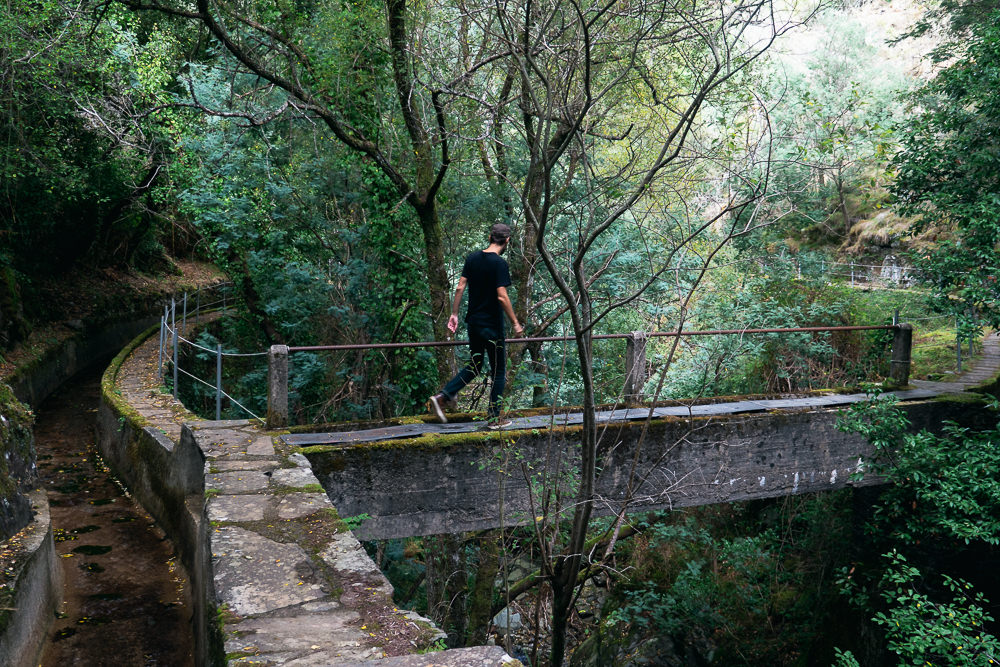
The PR4 trail meanwhile is known as the Four Villages trail, passing by many Schist villages on the way back. I should note that when I hiked it, the path between Vaquerinho and Talasnal was sadly inaccessible, though there was a parallel paved road that could be used instead.
I stayed the night in the town of Candal, which was lovely. There weren’t any shops or restaurants in this town, but my B&B had a kitchen and I had brought some groceries, so luckily this wasn’t a problem. My B&B was a wonderfully restored schist house with a traditional wooden interior with a cozy fireplace. I highly recommend it and you can find it here on Booking.com.
Another option for an overnight stay is the town of Cerdeira, where there are several cozy houses to stay as well as the only shared (hostel/refugio style) accommodation on the valley. Take a look at Cerdeira – Home For Creativity.
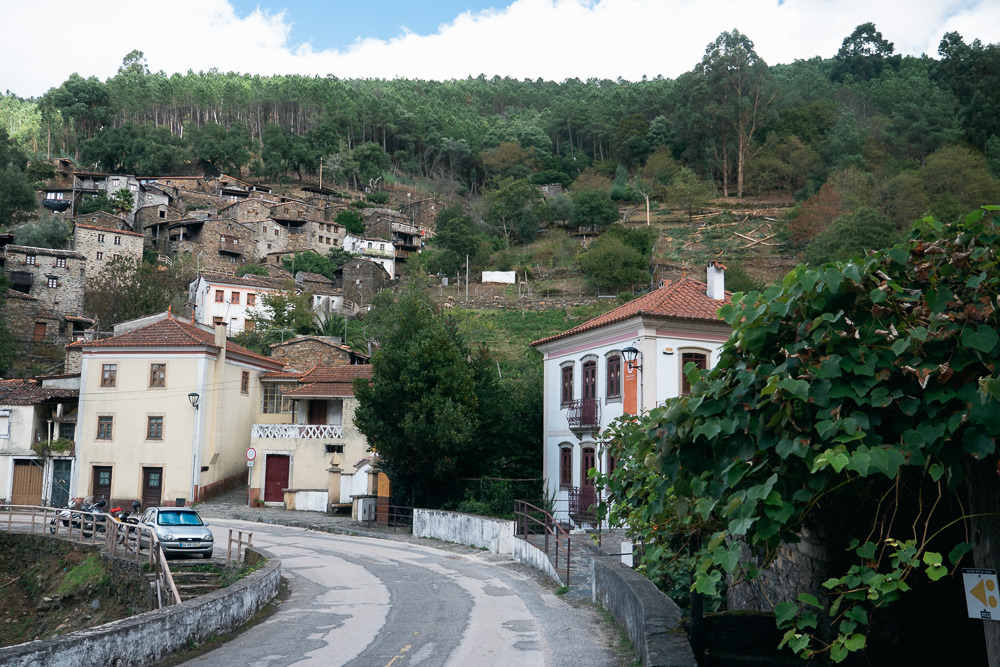
Staying in a Schist village
There are 27 of these Schist Villages (Aldeias do Xisto) scattered throughout the valleys of Lousã and Açor. You can find a lot more information about the characterful villages on the official website which was set up to promote the region. Not all of the info is in English yet, so it can be better to browse in Portuguese and use automatic translation.
Many of the villages became abandoned some decades ago, only to become repopulated by Portuguese as well as foreigners who renovated some of the houses in a traditional style. Most villages are still a mix of renovated houses and old ruins.
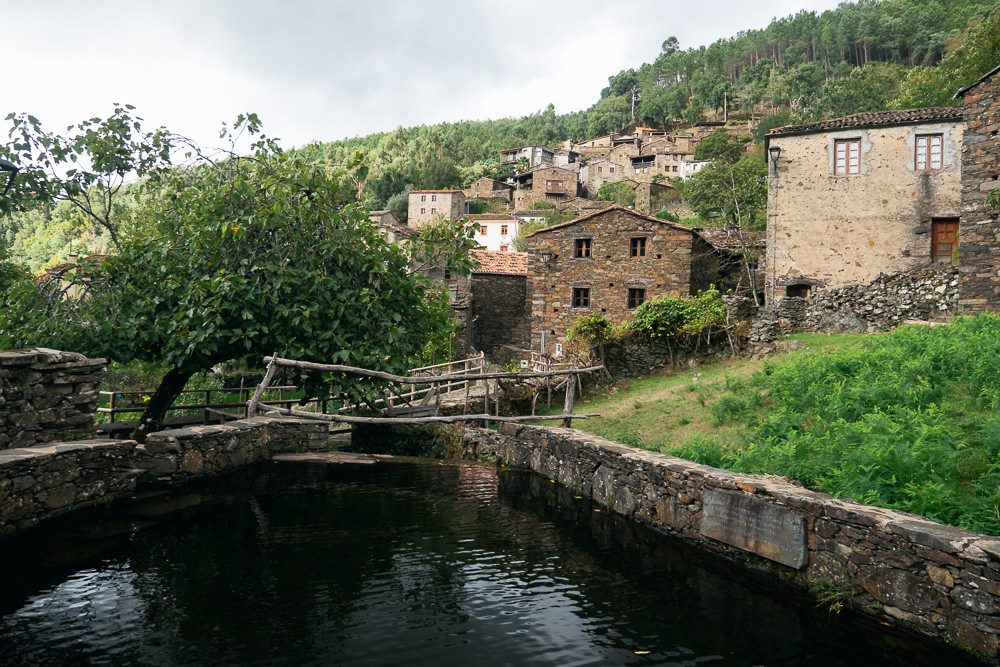
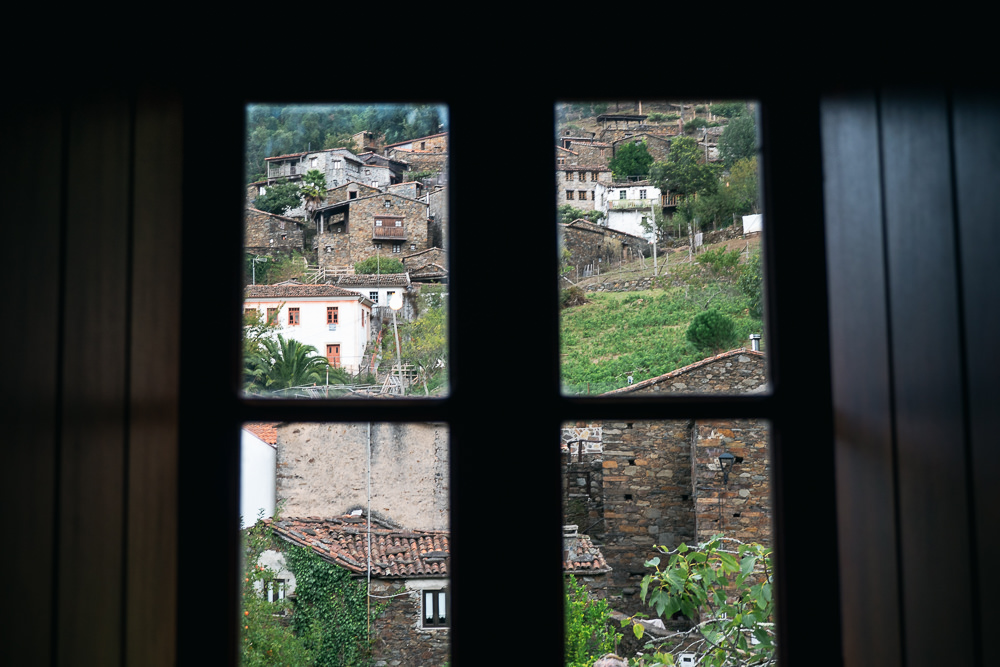
I stayed in the Schist village of Candal where, among others, a Belgian sheepherding family runs several B&Bs. There is no WiFi in this village and barely any mobile reception, which turned my stay into a rather therapeutic internet-free retreat. I went on a walk to a small nearby waterfall and spent the evening reading and warming by a wood fire.
The exact place I stayed (which I recommend) you can see here. There are several other B&Bs owned by the same family that you can also book in Candal, like this, this, or this one.
Candal is highly scenic but keep in mind it doesn’t have any facilities apart from a small crafts shop that also sells a few refreshments.
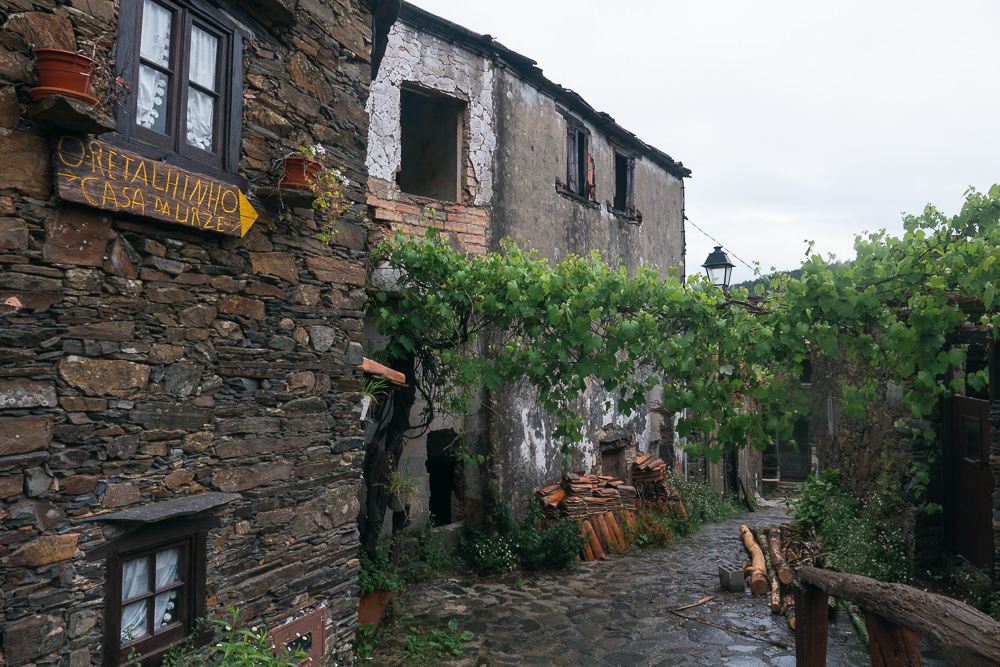
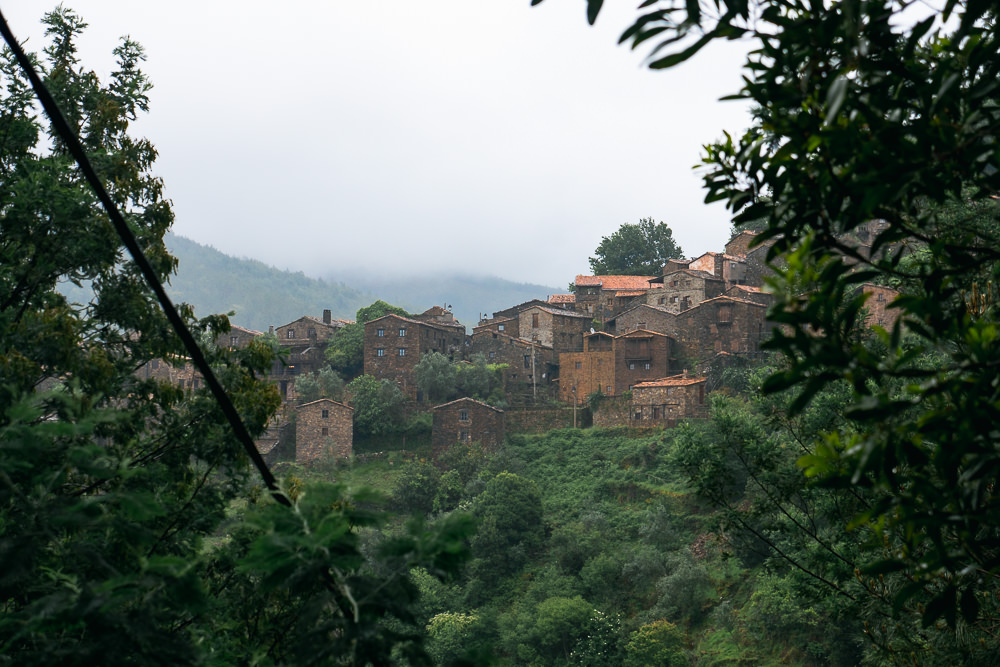
The village of Talasnal has many more accommodation options, as well as a tavern and restaurant, so it may make for a more convenient base. This village also connects to most of the hikes from a central point.
I should mention the Lousã valley is a popular weekend escape for local Portuguese, so it’s worth booking ahead if you intend to stay there (especially in high season) as accommodation availability will be limited.
How to get there
By car: when using your GPS, don’t confuse the town of Lousa near Lisbon (note the s without the ~) with the town of Lousã which is near Coimbra, which is where you want to be. If you’re going to hike, it’s easiest to drive to the Castelo da Lousã from where some good hikes start. There is parking near the castle.
By public transport: take a train to Coimbra, then catch a bus from Coimbra to Lousã. Buses are frequent, about once every half hour and take about 45 minutes. From Coimbra center, some easy places to catch the bus are Coimbra train station or the Coimbra-Parque bus stop, which is located here. Get off at stop Lousã-A, then walk southeast towards Castelo da Lousã. It takes about 20 to 30 minutes to walk from the bus stop to the castle where the trailheads are.
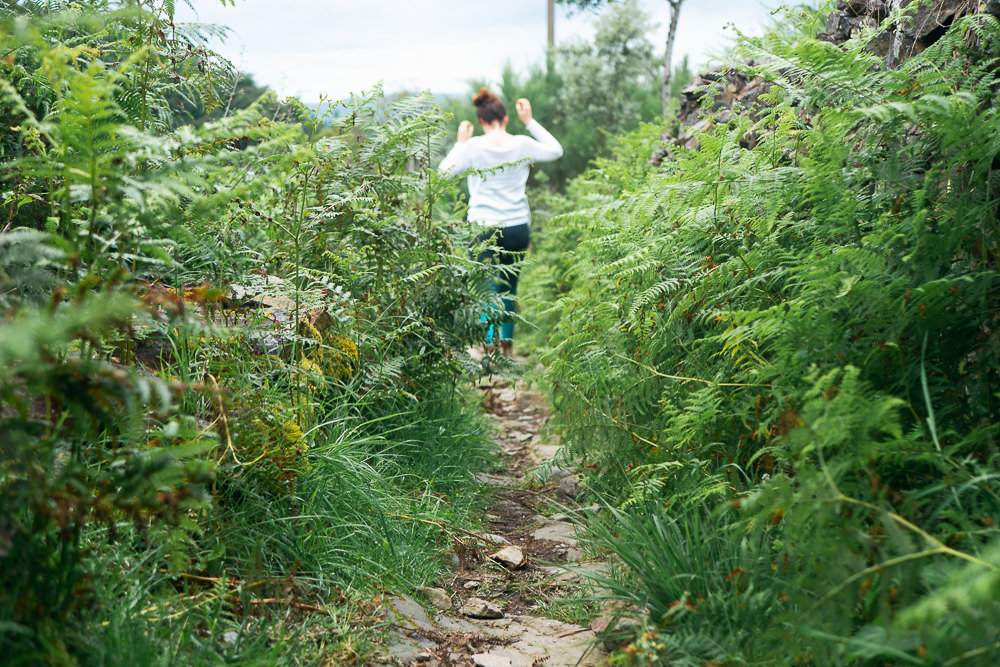
More about the Schist Villages
The trails and villages I’ve described here are part of a much larger area that stretches towards the Serra da Estrela.
Besides Lousã, I can also highly recommend checking out the areas around the Zêzere river, a 45-minute drive further south. The town of Pedrogao Pequeno has a fantastic 2-hour hike through a river valley and a mysterious tunnel.
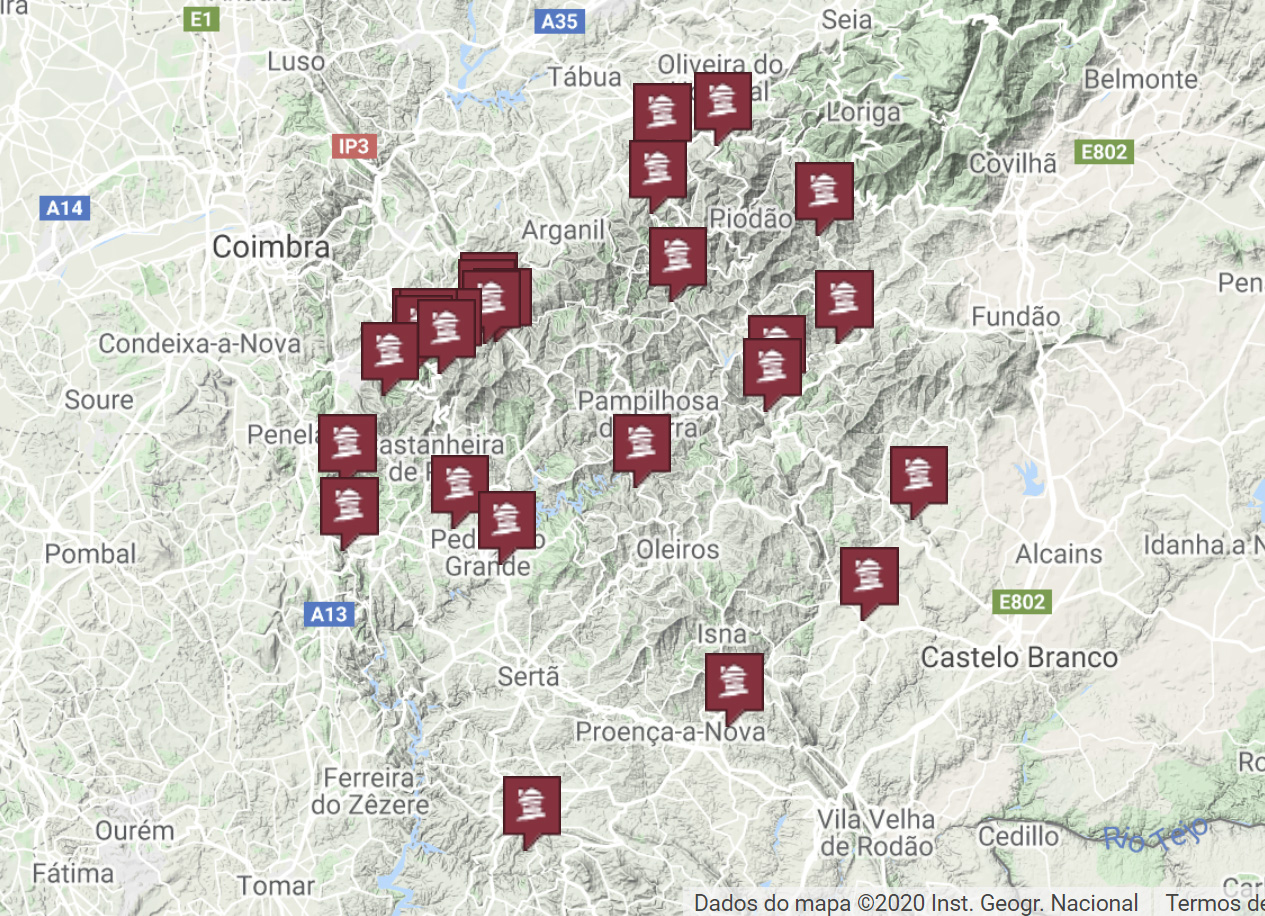
The official website of the Schist villages is a great source for further information, though as I mentioned not all pages are translated into English, so it’s worth browsing the Portuguese website using auto-translate.
Some links may be affiliate links, meaning I may earn commission from products or services I recommend. For more, see site policies.
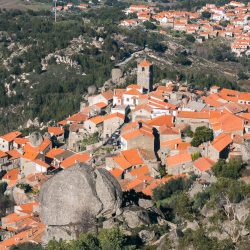
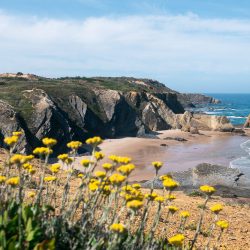




Beautiful Region!
Bonjour
Merci de nous avoir fait découvrir cet endroit , nous venons de faire le même circuit que vous, les paysages sont magnifiques et les randonnées très agréables.
Bonjour Pascale, je suis heureux que vous l’ayez apprécié. Je faisais encore de la randonnée ici aujourd’hui 🙂 Profitez du reste de votre voyage!